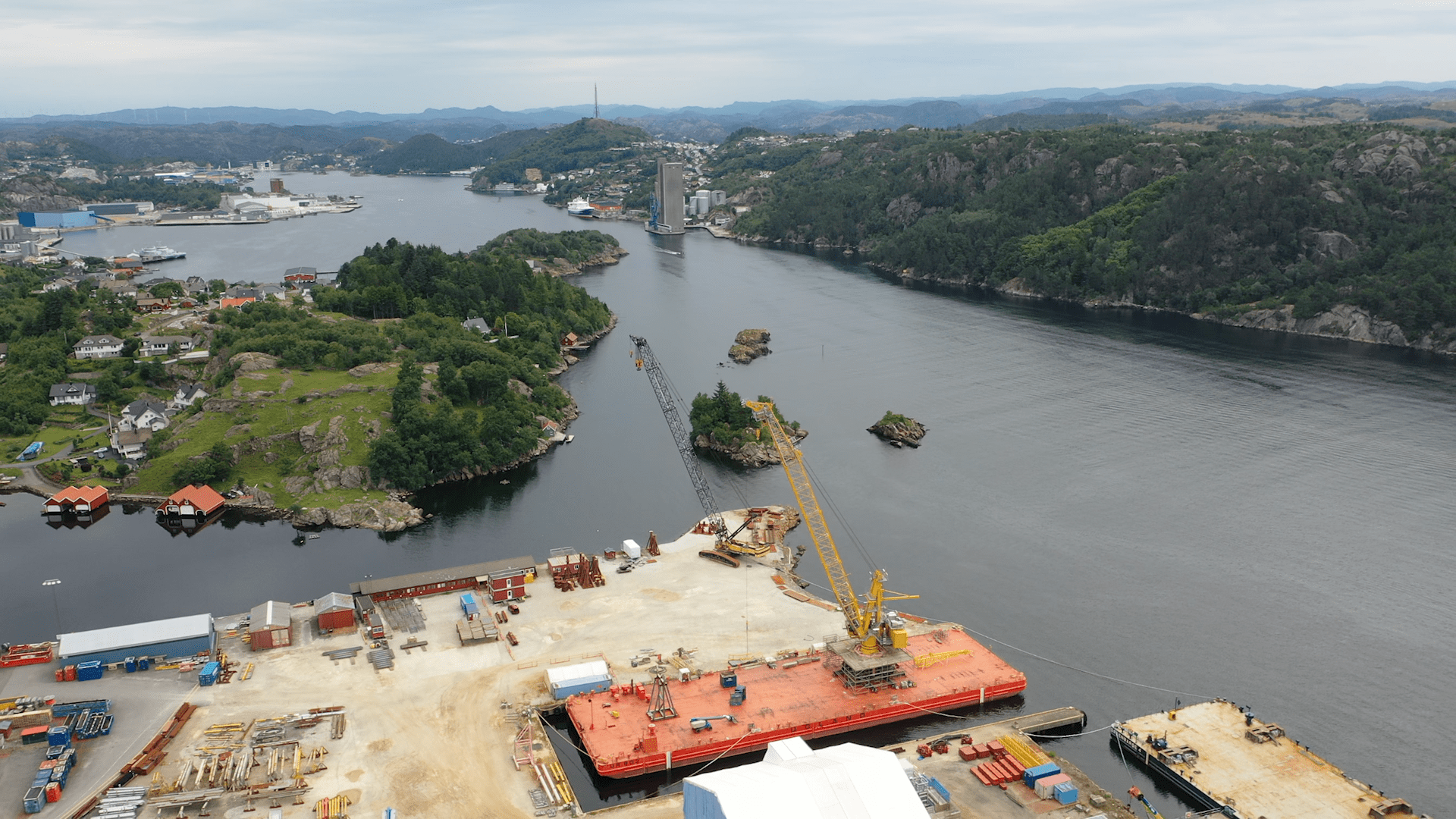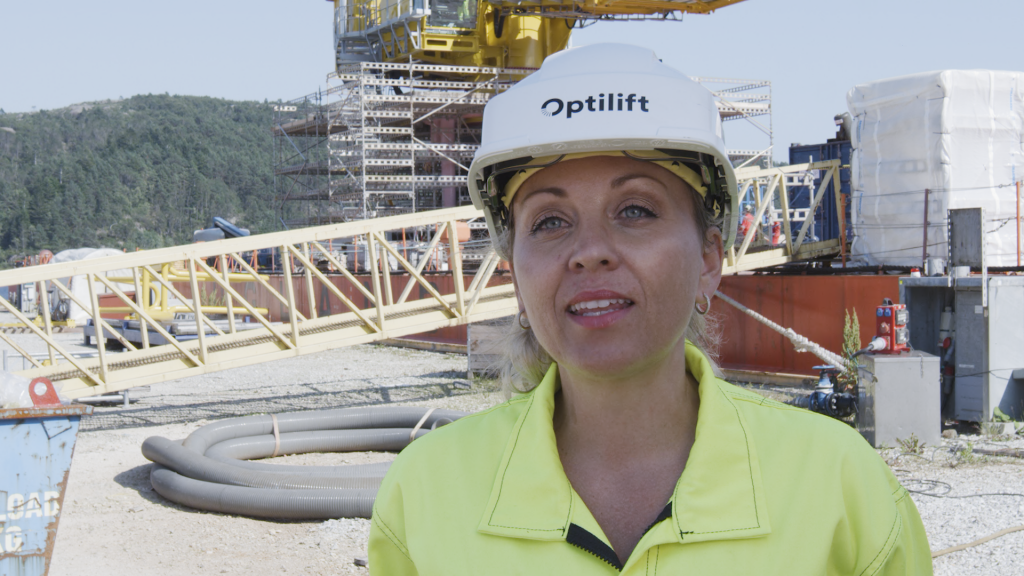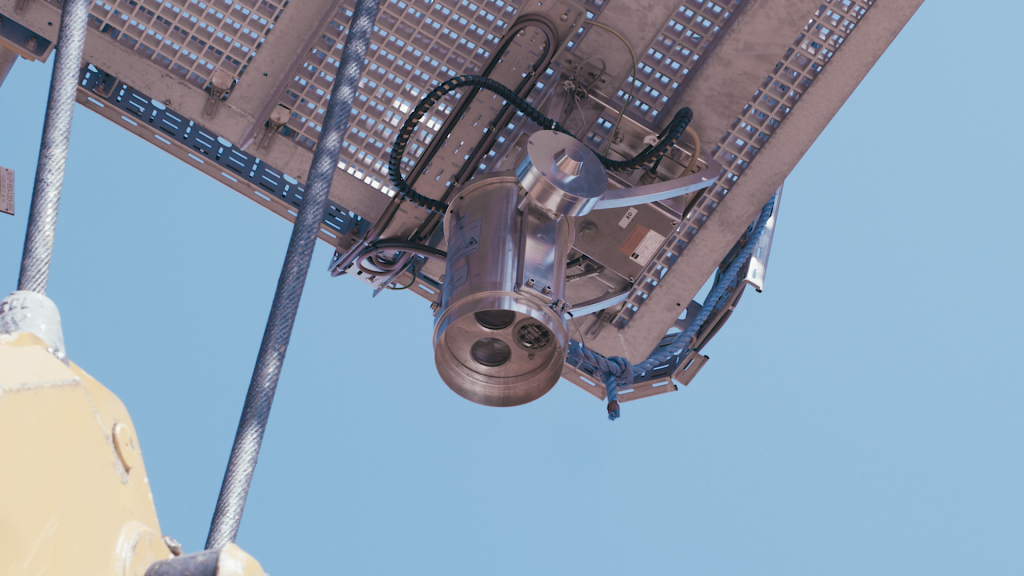News

August 27, 2021
Successful first full-size test of remote crane control system
Optilift and Aker BP have completed the first full-size testing of its remote crane control system interacting with Aker BP´s new crane auto hook solution.
The test took place at Aker Solution´s facility in Egersund. A new offshore crane from Palfinger was equipped with Optilift´s advanced sensor system and software. The new AutoHook concept developed by Aker BP was part of the tests. Several automated and remotely controlled lifting operations were conducted to test the functionality of the combined systems.
Torbjørn Engedal, chief technical officer at Optilift, says the trial went according to plan.
– We were able to secure a lot of recordings and data that will help us improve the performance of the combined Aker BP AutoHook concept and Optilift´s remote- and autonomous crane control system. The results are very promising.
Engedal says the test is a milestone in their long-lasting campaign to develop guidance technology for cranes, enabling them to operate autonomously or by remote control.
Svein Harald Hetland, technical Authority Lifting at Aker BP, was also pleased with the test results.
– This project is an important step in Aker BP´s efforts to develop a technology that will increase safety and reduce the risk of human injuries during lifting operations. When fully operational, the system will also reduce costs and increase the efficiency of cargo transfers and handling offshore, says Hetland.
Collaboration project
The test has been possible by a collaboration with Optilift, the crane supplier Palfinger and Aker BP, one of the major players in the Norwegian offshore sector. The new and improved sensor will further integrate the Optilift-technology with Palfinger control systems, both technically and operationally. Camilla Nylund, Managing Director of Optilift, says the sensor technology has a huge potential.
– Our sensors register when vessels arrive, and they can find and identify the cargo units on deck. They monitor sea movement and activity on deck. The system consists of many important elements that collect and process data and enable the crane to perform lifting operations partly or fully autonomously, securely, and effectively, says Nylund.

Jan Silgjerd, Head of Application Engineering in Palfinger Marine Norway AS, is confident that this technology will be a game changer.
– This is the future for lifting operations. The new technology will improve all steps in the traditional lifting process and contribute to a safer workplace, not only in the offshore business, but in the industry field in general, says Silgjerd.
The road ahead
The Egersund test results have given valuable input to the work ahead. By the end of 2021 the participants aim to perform the first tests offshore, starting with internal lifts at the platform loading deck. Once solved, focus will be on lift operations between supply vessel and platform decks. The overall concept is designed to perform loading and unloading of cargo without deck crew involved or exposed. The goal is to bring the solution to technology readiness 4 level by the fourth quarter of 2022.

Would you like to learn more about the future of remote operations & autonomy? Register your contact info below and download our magazine for free.